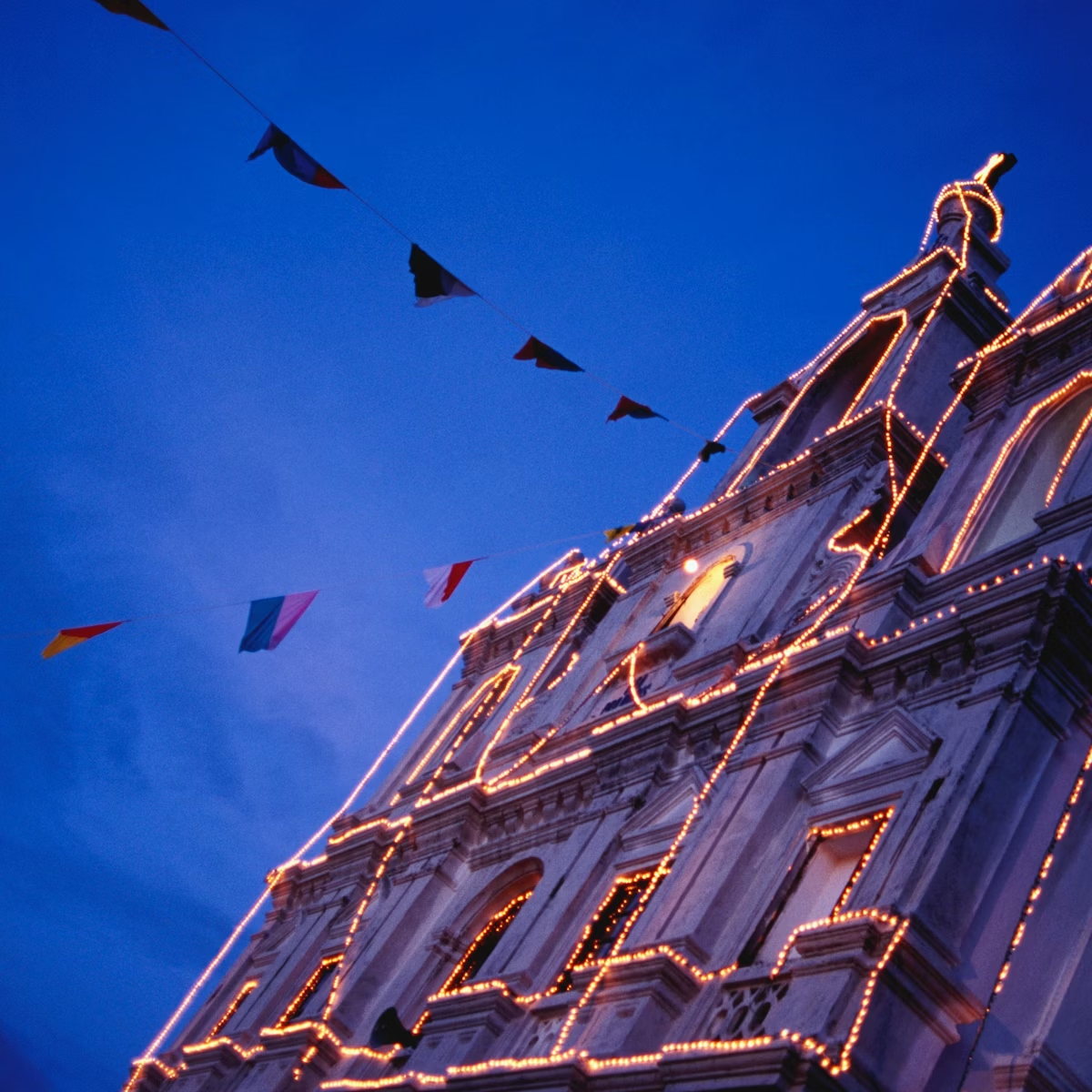Work on this three-storey laterite church and convent commenced in 1606 and was completed in 1627, only to burn down nine years later. Reconstruction began the following year and it’s from this time that the current buildings date. Once known as the ‘Royal Monastery’ because of the royal patronage that it enjoyed, the building comprised the first nunnery in the East and was finally abandoned when the last sister died in 1885.
During the 1950s and ’60s the buildings housed first Portuguese and then Indian troops, before being returned to the church in 1968. The building is now used by nuns of the Mater Dei Institute. The high point of a visit is a peek at the ‘miraculous’ cross behind the high altar, said to have opened its eyes in 1636, when blood began to drip from its crown of thorns.





